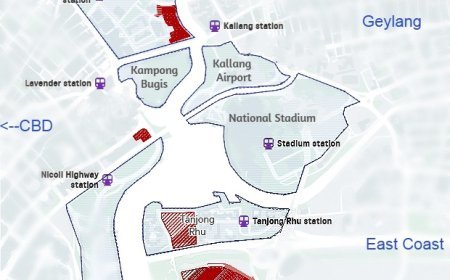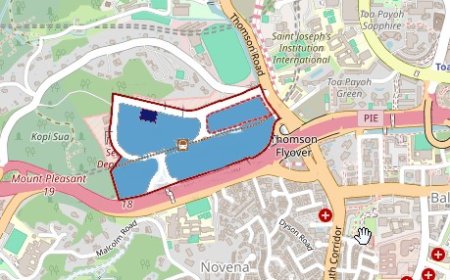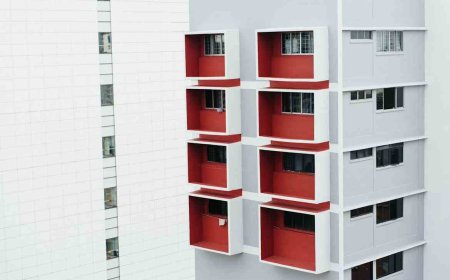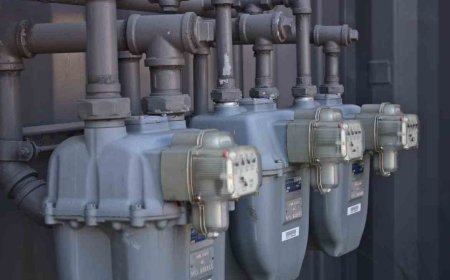Transfer Your Utilities in Singapore Step by Step
Learn how to seamlessly transfer your utilities in Singapore. Step-by-step guide for tenants, landlords, and electricity provider transitions. Tips, FAQs, and key takeaways included
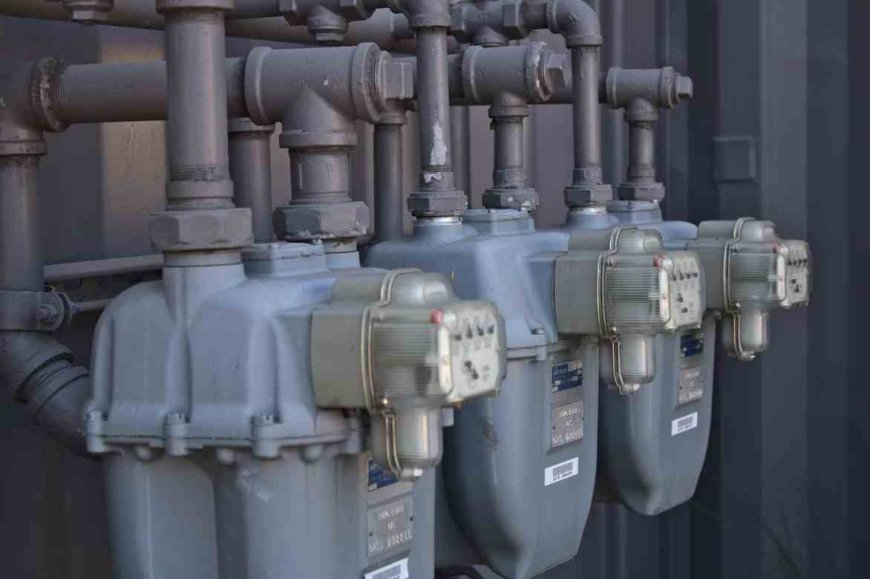
Moving into a new home is an exciting chapter in life, but ensuring your utilities are correctly transferred can make all the difference between a smooth transition and unexpected hassles. Whether you are a tenant, a landlord, or someone switching electricity providers, following a clear, step-by-step process will help you stay organized and stress-free. This guide provides comprehensive insights on utility transfers in Singapore, including tips, comparisons, and best practices.
Step 1: Understand Your Current Utility Accounts
Before you move, take stock of your existing utility accounts. Each utility—electricity, gas, and water—is linked to a specific property. Closing or transferring these accounts is essential.
Key steps:
-
Check your current electricity and water bills.
-
Note the account numbers, contract terms, and any security deposits.
-
Identify any outstanding balances or rebates.
Example:
If you have been receiving U-Save rebates at your old address, know that these may not automatically transfer. Writing to SP Services can help request the transfer of eligible rebates to your new home.
Tip: Keep digital copies of your last few bills to smooth out the transition.
Step 2: Decide Between SP Services or the Open Electricity Market (OEM)
Singapore residents have a choice when it comes to electricity:
| Option | Benefits | Considerations |
|---|---|---|
| SP Services (Standard) | Simplified account management, continuity | Fixed rates, less flexibility |
| Open Electricity Market | Competitive pricing, promotional packages | May involve small closure fees, transition time |
Key insight: For first-time homeowners, staying with SP Services may reduce complexity. For cost-conscious movers, exploring OEM options can offer long-term savings.
Step 3: Notify Your Current Utility Provider
Regardless of the provider, timely notification is crucial. For SP Services:
-
Use the SP Services App or online termination form.
-
Call the hotline at 1800-2222 333.
-
Visit the customer service center at the HDB Hub.
For OEM providers like iSwitch, Sembcorp, Tuas Power, or PacificLight Energy:
-
Provide account holder details, IC/FIN number, and tenancy agreement if applicable.
-
Notify the provider well in advance to avoid service disruption.
-
Expect a small closure or administration fee, depending on the retailer.
Pro Tip: Allow a buffer of 1–2 weeks for processing to avoid power outages.
Step 4: Transfer Utilities as a Tenant or Landlord
Landlords and tenants must coordinate utility transfers carefully. The Change of Ownership/Tenancy Utilities Account Transfer Form ensures both parties agree on meter readings and final settlements.
Best practices for landlords:
-
Consider closing the account and allowing tenants to open a new one.
-
Ensure meter readings are documented clearly to prevent disputes.
-
Communicate deadlines for utility account transfer before lease start.
Best practices for tenants:
-
Confirm meter readings upon moving in.
-
Request confirmation of account activation.
-
Ask about any remaining rebates or deposits.
Step 5: Manage Security Deposits and Final Billing
Once your old account is closed:
-
Any outstanding charges are deducted from your security deposit.
-
Remaining balances are refunded via GIRO or mailed checks.
-
Keep records of final bills for reference or tax purposes.
Tip: Schedule final readings on the day of moving out to avoid discrepancies.
Step 6: Ensure Smooth Transition in the Open Electricity Market
Switching providers or continuing with OEM electricity involves:
-
Confirming the start date with your new provider.
-
Checking for overlapping billing periods.
-
Monitoring the first month’s bill for accuracy.
Key example:
Switching from Sembcorp to Tuas Power might take up to 90 days for full transition. Planning in advance avoids service interruption.
Step 7: Tips for a Hassle-Free Utility Transfer
-
Plan ahead: Notify providers at least 2 weeks before moving.
-
Document everything: Keep copies of forms, emails, and meter readings.
-
Check for fees: Factor in relocation, early termination, or closure charges.
-
Compare electricity plans: Use online tools to select cost-effective OEM options.
-
Communicate with tenants/landlords: Transparency avoids conflicts.
-
Check rebates: U-Save rebates may be transferable with proper requests.
-
Use apps: Digital account management speeds up the process.
Key Takeaways
-
Start utility transfer early to avoid last-minute stress.
-
Decide between SP Services or OEM based on cost and convenience.
-
Document meter readings and communications thoroughly.
-
Understand fees, deposits, and rebates before closing or transferring accounts.
-
Coordination between landlords and tenants ensures smooth transitions.
FAQ – Utility Transfer in Singapore
-
Do I need to close my old utility account when moving?
Yes, each utility account is linked to a specific property. -
How long does it take to transfer utilities?
Typically 1–2 weeks, but OEM switches may take up to 90 days. -
Are U-Save rebates transferable?
Potentially, with proper communication to SP Services. -
What is the Change of Ownership/Tenancy Utilities Account Transfer Form?
It is the official document used to transfer utility responsibility from landlord to tenant. -
Can tenants open new utility accounts themselves?
Yes, but it requires proper documentation and meter readings. -
Are there fees for transferring utilities?
Yes, relocation, early termination, and closure fees may apply. -
Can I switch electricity providers easily?
Yes, using the Open Electricity Market, but allow a transition period. -
Do I need a tenancy agreement to transfer utilities?
Typically yes, especially for OEM electricity accounts. -
How do I check my final bill?
Bills can be accessed via the SP Services App, online portals, or customer service. -
When is the best time to notify my utility provider?
At least 2 weeks before your move-out date. -
What happens to my security deposit?
It is used to offset any outstanding charges, and any balance is refunded. -
Can I switch providers while staying in the same home?
Yes, OEM allows switching, often with promotional plans. -
Do I need to be present during meter readings?
Recommended to ensure accuracy, especially for tenancy handovers. -
What if there are discrepancies in my final bill?
Contact the provider immediately for rectification. -
Can landlords keep utility accounts open after tenants move in?
It is possible but not recommended as it may complicate billing.
Algene Toh
Disclaimer: The information presented on BSR2.com is intended for general informational purposes only. It does not constitute legal, financial, investment, or real estate advice and should not be relied upon as such. While every effort has been made to ensure the accuracy, reliability, and completeness of the content at the time of publication, all data is derived from publicly available sources and may be subject to change without notice. BSR2.com makes no representations or warranties of any kind, express or implied, regarding the suitability, timeliness, or accuracy of the information provided for any specific purpose. Users are strongly encouraged to seek independent advice from qualified professionals before making any decisions based on the content found on this website. BSR2.com shall not be held liable for any loss, damage, or consequence, whether direct or indirect, arising from the use of or reliance on the information provided. The content is intended as a general guide and does not take into account individual circumstances.
What's Your Reaction?
 Like
0
Like
0
 Dislike
0
Dislike
0
 Love
0
Love
0
 Funny
0
Funny
0
 Angry
0
Angry
0
 Sad
0
Sad
0
 Wow
0
Wow
0

